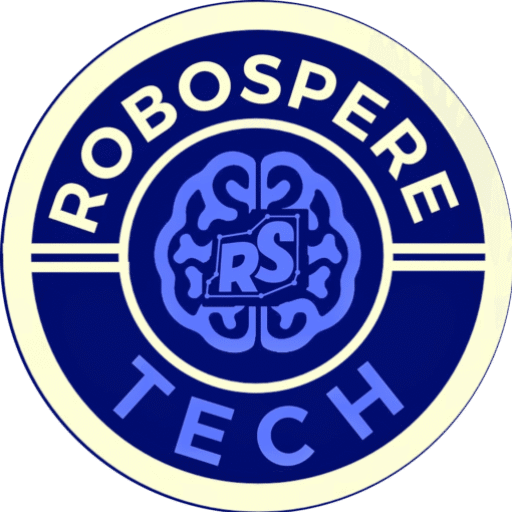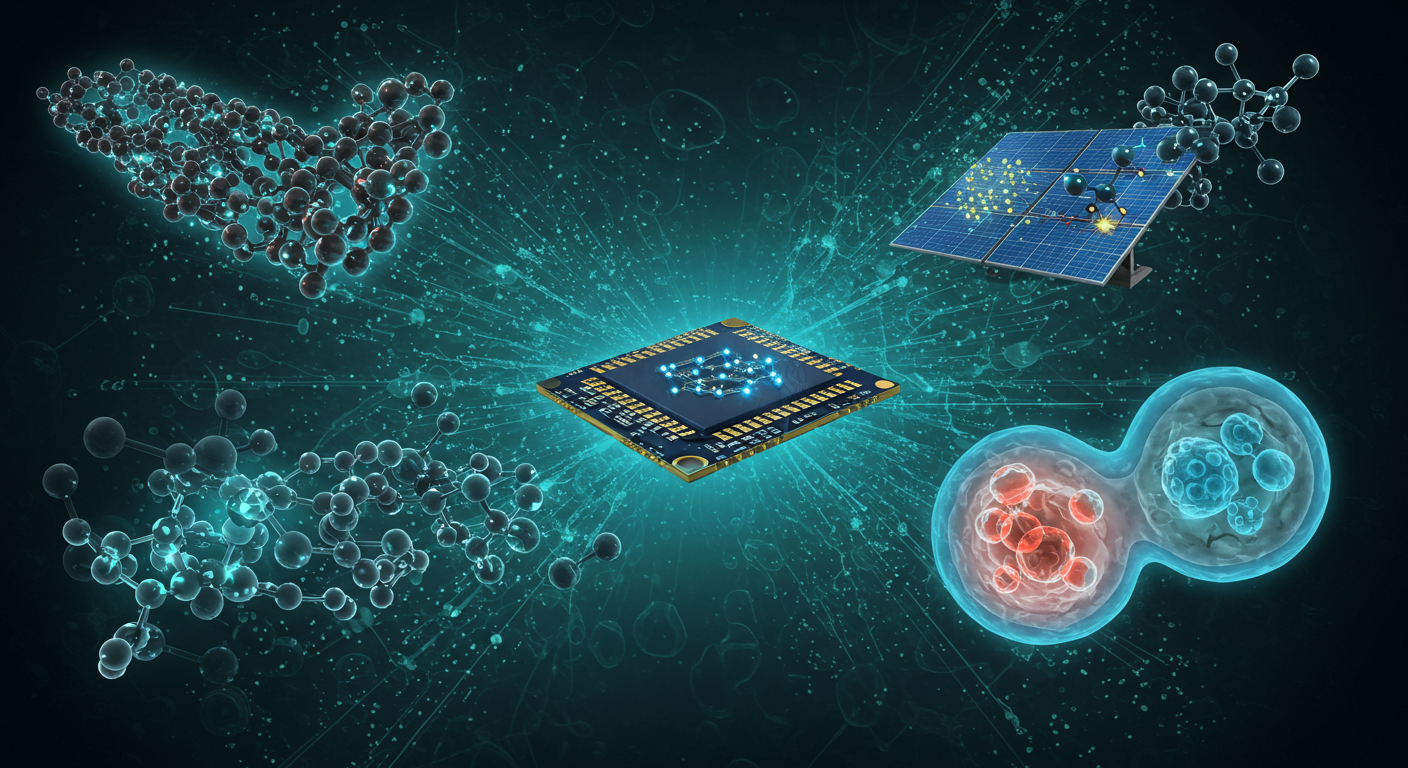Nanotechnology is the science and engineering of manipulating matter at the nanoscale - typically between 1 and 100 nanometers - where materials exhibit unique physical, chemical, and biological properties. Operating at this incredibly small scale (a nanometer is one billionth of a meter), nanotechnology enables breakthroughs across multiple industries, from healthcare and electronics to energy and environmental science.

What Is Nanotechnology?
At the nanoscale, materials behave differently than in bulk form due to quantum effects, increased surface area-to-volume ratios, and scale-dependent properties. These unique characteristics allow scientists and engineers to design new materials and devices with enhanced strength, conductivity, reactivity, and more.
Key principles include:
-
Quantum Effects: Materials show novel electrical and optical behaviors.
-
Surface Area to Volume Ratio: Increased reactivity and interaction potential.
-
Self-Assembly: Nanoparticles can organize into complex structures naturally.
-
Scale-Dependent Properties: Chemical and physical properties vary with size.
Top 9 Nanotechnology Trends in 2025
-
Carbon Nanomaterials: Innovations in graphene, carbon nanotubes, and carbon dots are enabling stronger, lighter, and more conductive materials used in electronics, tissue engineering, and composites. The market for carbon nanomaterials is expected to grow rapidly, reaching tens of billions by 2030.
-
Semiconductor Nanodevices: Miniaturized nanoscale chips and quantum dots improve computing power and energy efficiency. These devices are critical for advanced sensors, quantum computing, and autonomous systems.
-
Green Nanotechnology: Environmentally friendly nanomaterials and processes reduce waste and energy consumption, supporting sustainable manufacturing and renewable energy.
-
Nanocomposites: Combining nanoparticles with traditional materials creates composites with superior mechanical, thermal, and electrical properties for use in aerospace, automotive, and construction.
-
Nanosensors: Highly sensitive sensors detect chemical, biological, and environmental changes, enabling applications in healthcare diagnostics, pollution monitoring, and food safety.
-
Nanofilms: Ultra-thin films with nanoscale thickness improve coatings for electronics, optics, and protective surfaces.
-
Nanoencapsulation: Encapsulating drugs, nutrients, or chemicals at the nanoscale enhances targeted delivery, controlled release, and stability, revolutionizing medicine and agriculture.
-
Energy Nanomaterials: Nanomaterials improve solar cells, batteries, and fuel cells by increasing efficiency and durability.
-
Computational Nanotechnology: Using AI and simulations to design and optimize nanomaterials accelerates innovation and reduces development costs.
Applications of Nanotechnology
Healthcare and Medicine:
-
Targeted drug delivery systems reduce side effects by directing medication precisely to diseased cells.
-
Nanoparticles enhance imaging techniques like MRI and CT scans for early diagnosis.
-
Regenerative medicine uses nanomaterials for tissue engineering and organ repair.
-
Nanoparticle-based vaccines improve efficacy and stability.
Electronics and Computing:
-
Nanoscale transistors and quantum dots enable faster, smaller, and more energy-efficient devices.
-
Flexible electronics and printed circuits expand wearable and implantable medical devices.
Materials Science:
-
Nanocomposites create stronger, lighter materials for aerospace, automotive, and construction.
-
Self-healing materials repair minor damages autonomously.
Energy:
-
Nanotech improves solar panel efficiency and energy storage technologies like batteries and supercapacitors.
-
Nanocatalysts optimize fuel combustion and reduce emissions.
Environmental Remediation:
-
Nanomaterials filter pollutants from water and air, enhancing purification.
-
Nanosensors monitor environmental hazards in real-time.
Agriculture and Food:
-
Precision farming uses nanosensors for disease detection and nutrient delivery.
-
Nanoencapsulation protects and controls release of pesticides and fertilizers.
Innovations and Startups Driving Nanotech Forward
Startups worldwide are advancing nanotechnology through novel materials and devices, such as:
-
3DC (Japan): Developing graphene mesosponge with high durability and conductivity for batteries and fuel cells.
-
Concrene (UK): Producing graphene-enhanced concrete for stronger, greener construction.
-
QDI Systems (Netherlands): Manufacturing quantum dot films for high-resolution medical imaging.
-
NanoDecoder (Switzerland): Creating nanoscale anti-counterfeiting systems using molecular electronics and AI.
Why Nanotechnology Matters in 2025
Nanotechnology is a foundational technology enabling progress in quantum computing, precision biotechnology, energy sustainability, and advanced manufacturing. Its ability to manipulate matter at atomic scales opens new frontiers for innovation, economic growth, and solving global challenges such as health crises and environmental degradation.
Challenges and Considerations
-
Safety and Ethics: Understanding and managing potential health and environmental risks of nanoparticles is critical.
-
Scalability: Manufacturing nanomaterials cost-effectively at large scale remains a challenge.
-
Regulation: Establishing standards and guidelines to ensure safe use and commercialization is ongoing.
Conclusion
Nanotechnology is reshaping industries by enabling materials and devices with unprecedented properties and functions. From healthcare breakthroughs and sustainable energy solutions to smarter electronics and environmental remediation, its applications are vast and growing. Staying informed about nanotech trends and innovations empowers individuals and businesses to harness its transformative potential responsibly and effectively.

